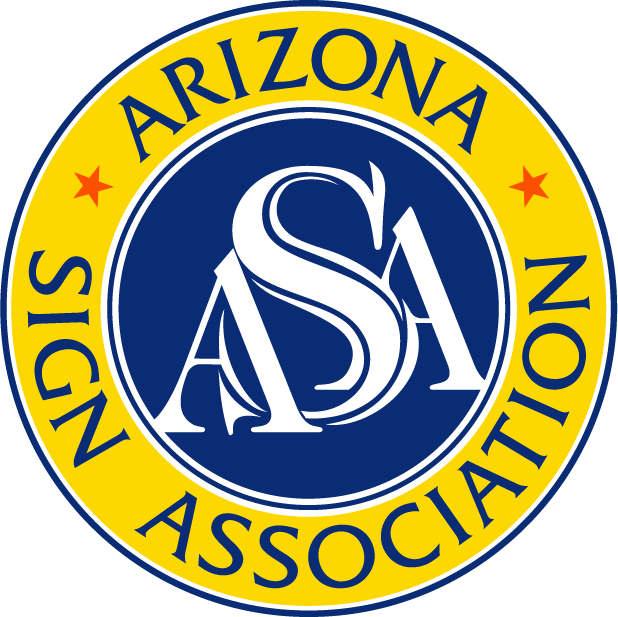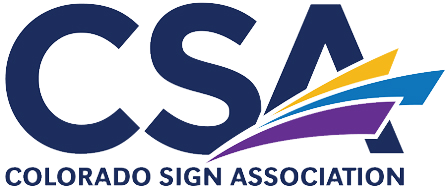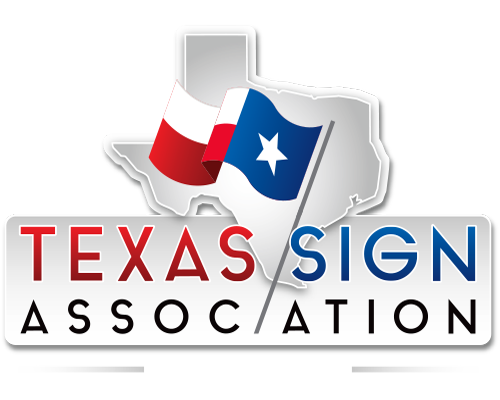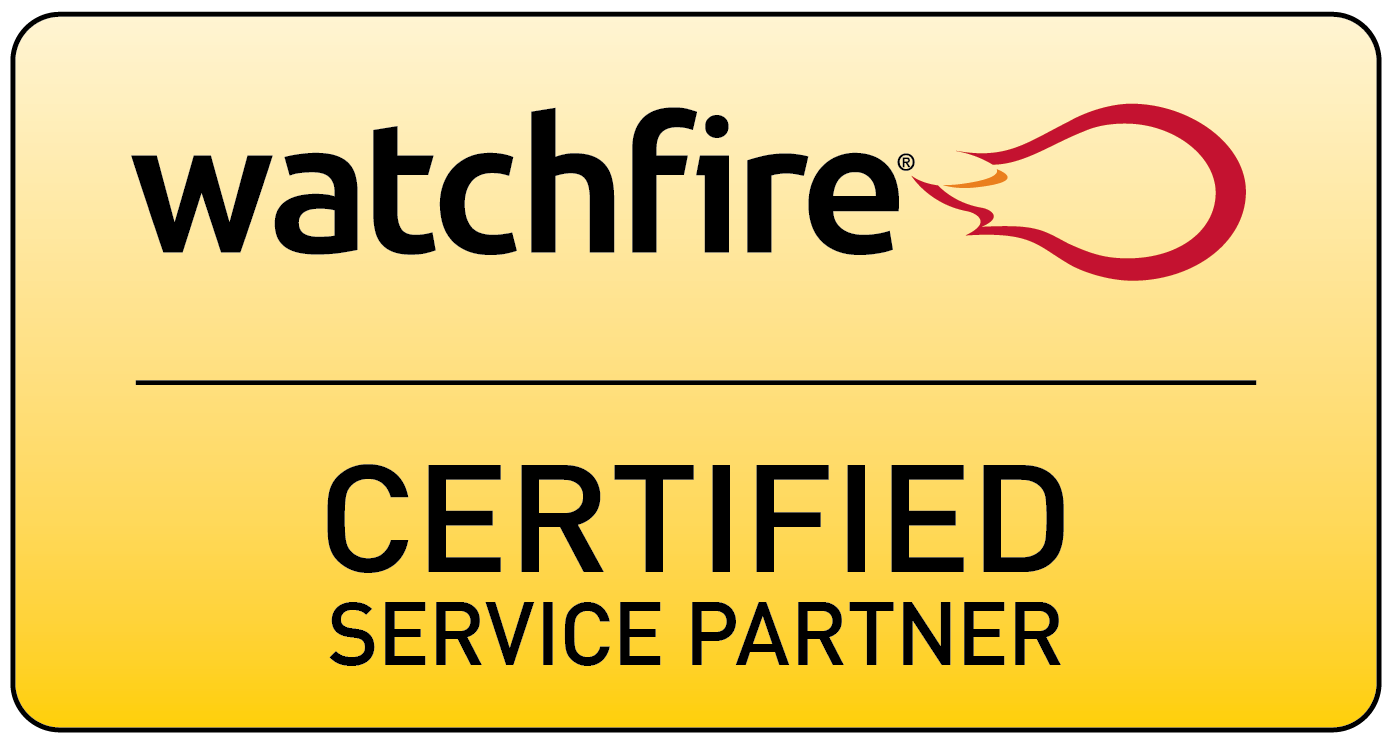If you’re new to outdoor business signage, you may also be new to the concept of sign code. The thing is, you really can’t build a sign anywhere without learning about it and reviewing the sign code specific to your business’ location. Initially, upon Googling the term, you may quickly find yourself overwhelmed and confused but don’t worry.
Sign code happens to be a speciality of myself and a handful of other employees here at Signdealz. We conduct a sign code review (sometimes multiple reviews) for each and every customer we work with and in some locations where we’ve seen a lot of business - we’ve come to know the ins and outs of those specific codes really well.
Today I’m going to give you a high level overview of the basics of sign code. At first glance, it may seem like a thicket of confusing terms and guidelines, but we aim to help you understand what it is, why it exists, and how to conduct a sign code review yourself.
What is Sign Code?
The simplest answer to the question, “What is sign code?” is that it’s a compilation of regulations covering the construction, design, and usage of signage for a particular entity. The entity being your business.
You see, installing a sign isn’t as simple as digging a hole in the ground and sticking in a pole for it to sit on and you can’t necessarily go bolting giant letters to your building either.
What are Sign Code Regulations Designed to Do?
Sign code regulations are designed to protect the public. If you’re constructing a sign that might be 60, 80, or even 100 feet up in the air, you want to make sure that they meet existing building code and electrical code and they don’t fall over and potentially injure someone or damage property.
They also help to promote economic stability. Ultimately, your signage is meant to help promote your business and that’s considered a form of free-speech. But, just as there are rules and conventions that guide our speech (one being, for example, that you shouldn’t yell “fire” in a crowded theater), there are also established rules and conventions that are meant to serve the means of the business while protecting people from trying to make their small town look like Las Vegas.
Who Administers Sign Code?
In most cases, your sign code is administered by your city’s building department or your city planning and zoning department. If you’re located in a very small or more rural town, your town’s sign code might actually be administered by a third-party.
What Do Sign Regulations Cover?
Sign code regulations cover just about everything you can think of related to elements of your signage.
- Height of the sign
- Setback of your sign from your property line
- Maximum / Minimum letter heights
- Maximum / Minimum sign area
- Maximum number of signs you can have
- Types of signs you can have
- Whether signs require listing with a laboratory like QL
- Distance between signs
- Message duration (for example, if you have an LED sign, the length of time that the sign can transition from one message to another)
- Amount of projection (i.e. if you have a projecting or blade sign that is going over a sidewalk, it might dictate how far that sign can project over the sidewalk)
- Illumination brightness
- Sight triangle distance
What is Sight Triangle Distance?
In the case of a ground sign, the sight triangle distance is meant to ensure that the sign is not in the “sight triangle.” When you pull up to an intersection, and you look to your left and right to determine whether or not it’s safe to make a turn, it’s incredibly important that the corners of the intersection are clear of any obstructions.
Each municipality typically sets their own distances to make sure that there isn’t any signage present in that sight triangle which could obstruct drivers’ line of sight.
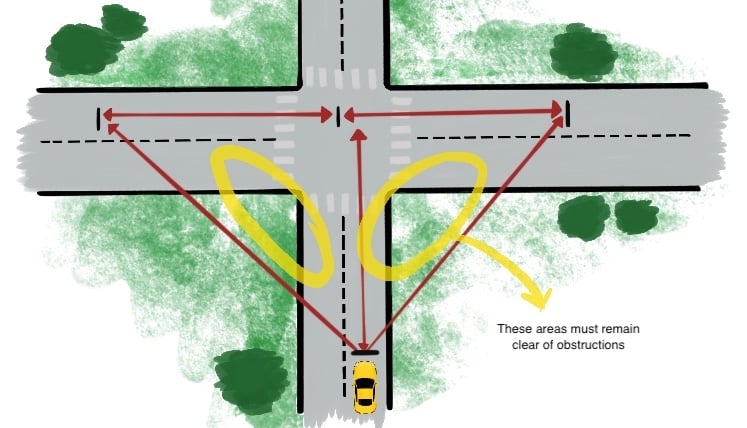


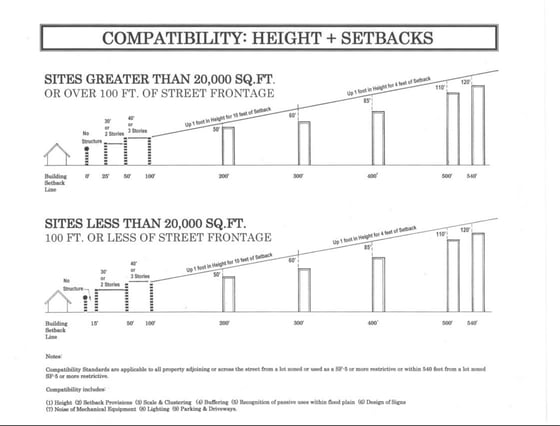

-(1)_1696879152.png?width=254&height=55&name=Signdealz-Web-Logo-2023-(Transparent-Background)-(1)_1696879152.png)
